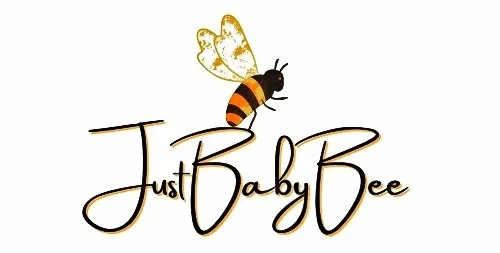Hi Hive Lovers

Actually, this is basic knowledge among coffee lovers or coffee addicts. By knowing the differences between the two, someone who wants to drink a cup of coffee will be able to make the right choice about which coffee best suits their tastes, needs, and body immunity.
I have been drinking my first coffee since 35 years ago (that was when I was 10 years old; I finished my father's morning cup of coffee at that time), and since 20 years ago I have never used sugar or any mixture in coffee. I am only drink pure coffee, and that's at least 3 cups a day.
As a coffee addict, I have received many references to this "black pearl," be it from coffee farmers, coffee traders, coffee processors, coffee baristas, fellow coffee addicts, or coffee observers.
Since joining the #HiveCommunity six months ago, I've covered quite a few things about coffee here. If you are willing, then you can look back at my posts about coffee at the following link:
- Kintamani coffee from Bali
- The taste of coffee is affected by elevation
- Coffee addiction
- Caffeine tolerance
- Coffee bubbles
- Why whit "Coffee Break"?
- The sensation of sipping coffee foam
- Why Espresso?
- The coffee taste stays strong in every sip
- Real coffee and fake coffee
- The taste of coffee remains the same in your every cup
- How to store coffee?
- Variant of fermented coffee - Part 3
- Variant of fermented coffee - Part 2
- Variant of fermented coffee - Part 1
It is common knowledge that the world's most famous coffee varieties consist of two types, namely Arabica and Robusta. To find out the basic differences between the two, I will write them down in the following table so that you can easily distinguish between the two.
| Kind of difference | Arabica | Robusta |
|---|---|---|
| Seed shape | The size of the seeds is larger, with an oval and flat shape and an irregular or zig-zag fissure line. | The seed size is smaller than Arabica, with a more rounded shape and a straight, wide, or more open fissure line. |
| Taste and aroma | It has a wide variety of flavors that tend to be soft, sweet, sharp, and strong. It has a more sour taste, not too bitter; the texture is softer; the taste is thick in the mouth; and the aftertaste is stronger. Before roasting, it smells like blueberries, and after roasting, it has a sweet, sharp, or fruity aroma that is influenced by other plants around it. The fruity taste and aroma are more pronounced. | It has a neutral taste, does not have a sour taste, is more bitter, and has a coarser texture. Before roasting, it has the taste and aroma of wheat, and after roasting, it has the aroma of nuts. |
| Caffeine levels | Caffeine levels are lower or below 1.5%. This is what keeps Arabica from being too thick and soft when brewed. This is also what makes it safe for the stomach. | Caffeine levels are higher or above 1.5%. This makes Robusta more bitter. This also makes Robusta an option to be combined with several other ingredients for various variants of the coffee menu. |
| Best planting location | Located at an elevation of 800–1900 meters above sea level, the Highlands have cold or cool air in the temperature range of 16°C – 20°C. | Located at an elevation below 800 meters above sea level, besides the highlands, which have warmer air temperatures of more than 20°C. |
| Price | It has a price that tends to be expensive due to slow plant growth, being more susceptible to disease, and lower production levels. The high price is also influenced by the character of the taste, which is more varied and makes the price different. The more unique the taste of Arabica is, the more expensive it is. | It has a lower price and is relatively stable because the taste characteristics tend to be the same, and the production is also stable because the plants are more resistant to various plant and coffee bean diseases. |
As I have said in some of my previous posts, Arabica coffee is more in demand by coffee lovers and addicts, and Arabica has also won several world coffee championships.
But from these differences, of course, you can conclude that both have their own advantages. The choice is yours; it all depends on your tastes, needs, and endurance.
So, make your choice and become a coffee connoisseur.
Greetings to all Coffee Lovers!
